The story of the One-cent Magenta began in British Guiana. British Guiana (which became an independent nation from Guyana in 1966), as its name suggests, had been an English colony since 1796. This territory is the only Commonwealth state in South America.
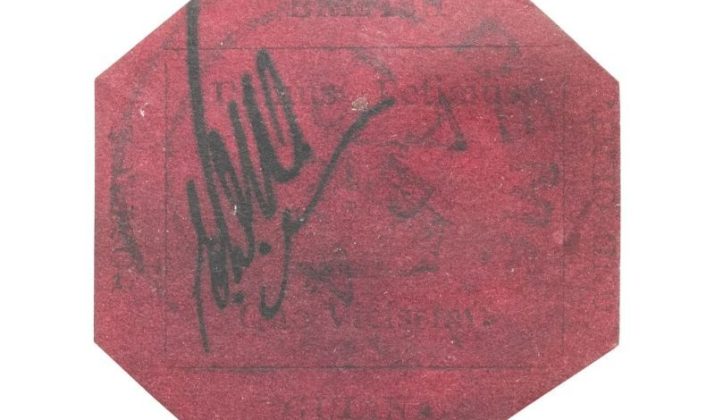
In 1856, British Guiana was waiting for a supply from the famous London printer Waterlow & Sons to complete their soon to be sold-out stock of stamps. But the ship was slow to arrive and the stock was getting thinner and thinner. To make up for this shortage, the local postmaster, Mr. Dalton, approached a Georgetown printer (Joseph Baum and William Dallas), to make an emergency issue of 4c stamps. They were instructed, according to the expert Roland Levêque (in a June 1980 article in Balasse Magazine), to respect the design of the current stamps: a sailboat with Horace’s motto “Damus Petimus que vicissim” (meaning “we give and ask in return”).
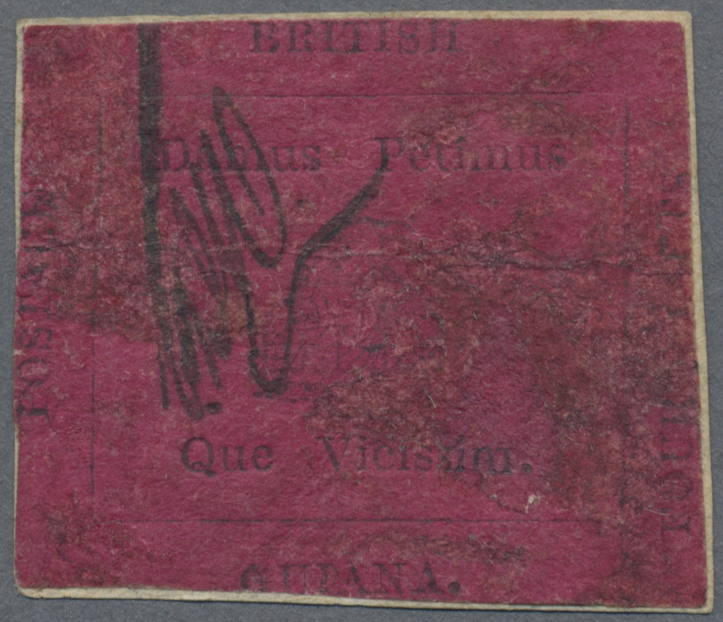 The stamps were printed in black on red and blue paper. The sailboat taken back was the same one that the printers used in their own gazette to announce maritime news. However, while the creation of the 4c stamps is proven with certainty, this 1c is not. It is impossible to say whether it is a trial or a small issue. However, this stamp was applied to a piece of mail and it bears the initials “E.D.W.” for (E.D. Wight), a tobacconist at the time. In fact, tobacconists were instructed to sign the labels before cutting them out to avoid forgery.
The stamps were printed in black on red and blue paper. The sailboat taken back was the same one that the printers used in their own gazette to announce maritime news. However, while the creation of the 4c stamps is proven with certainty, this 1c is not. It is impossible to say whether it is a trial or a small issue. However, this stamp was applied to a piece of mail and it bears the initials “E.D.W.” for (E.D. Wight), a tobacconist at the time. In fact, tobacconists were instructed to sign the labels before cutting them out to avoid forgery.
This letter, dated April 4, 1856, ended up in the correspondence of a 13-year-old boy, L. Vernon Vaughan, who found it in his attic. The stamp was deteriorated: its corners were cut off and it was damaged when the young boy took it off the mail. He sold it for 6 shillings to a collector named MacKinnon in 1873. This Scottish collector returned to Glasgow with his collection of stamps including the famous One-cent Magenta.
MacKinnon put his stamp collection up for sale which was bought by a dealer named Thomas Ridpath for £120. It was this Ridpath who sold the stamp to Count Philippe Ferrari de la Renotière for £150. Although the stamp and the rest of the collection were bequeathed to the Postal Museum in Berlin in his will, the French state confiscated the stamps as “property of an enemy alien”. The state resold the collection through the Hotel Drouot in the early 1920s. The expert Gilbert was in charge of the sale. The stamp appeared in the catalogue as “doubtful” but this did not prevent the American collector Arthur Hind from buying it for the amount of 352,500 francs.
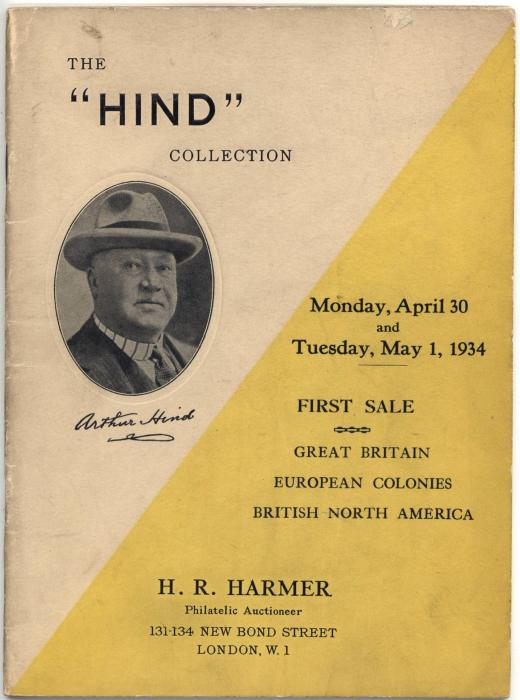 The stamp crossed the ocean and was part of the “Hind” collection until his death in 1933. His will stipulated that his collection was to be sold but the One-cent Magenta was missing. His widow had kept it as a personal gift from her husband.
The stamp crossed the ocean and was part of the “Hind” collection until his death in 1933. His will stipulated that his collection was to be sold but the One-cent Magenta was missing. His widow had kept it as a personal gift from her husband.
Mrs. Hind sold the stamp in 1940 to the Stamp Department of the American chain “R.H. Macy & Co” for $37,500 but the chain sold it almost immediately to an anonymous collector for $42,000. It is now known that the collector was in fact Frederick T. Macy and Co. Small, an Australian living in Florida.
For 30 years, the stamp was stored in the vaults of the firm “J. & H. Stolow” in New York. It was returned on March 24, 1970 when it was resold by the Siegel Gallery. Its new owner was a union of eight Pennsylvania industrialists. It was purchased as an investment for the sum of $280,000.
The industrialists made a very good deal because they sold the stamp on April 5, 1980 for $935,000! It was the American collector John E. Du Pont who acquired it and kept it until June 17, 2014 when it was resold for $9,500,000. It is currently part of Stuart Weitzman’s collection.
)
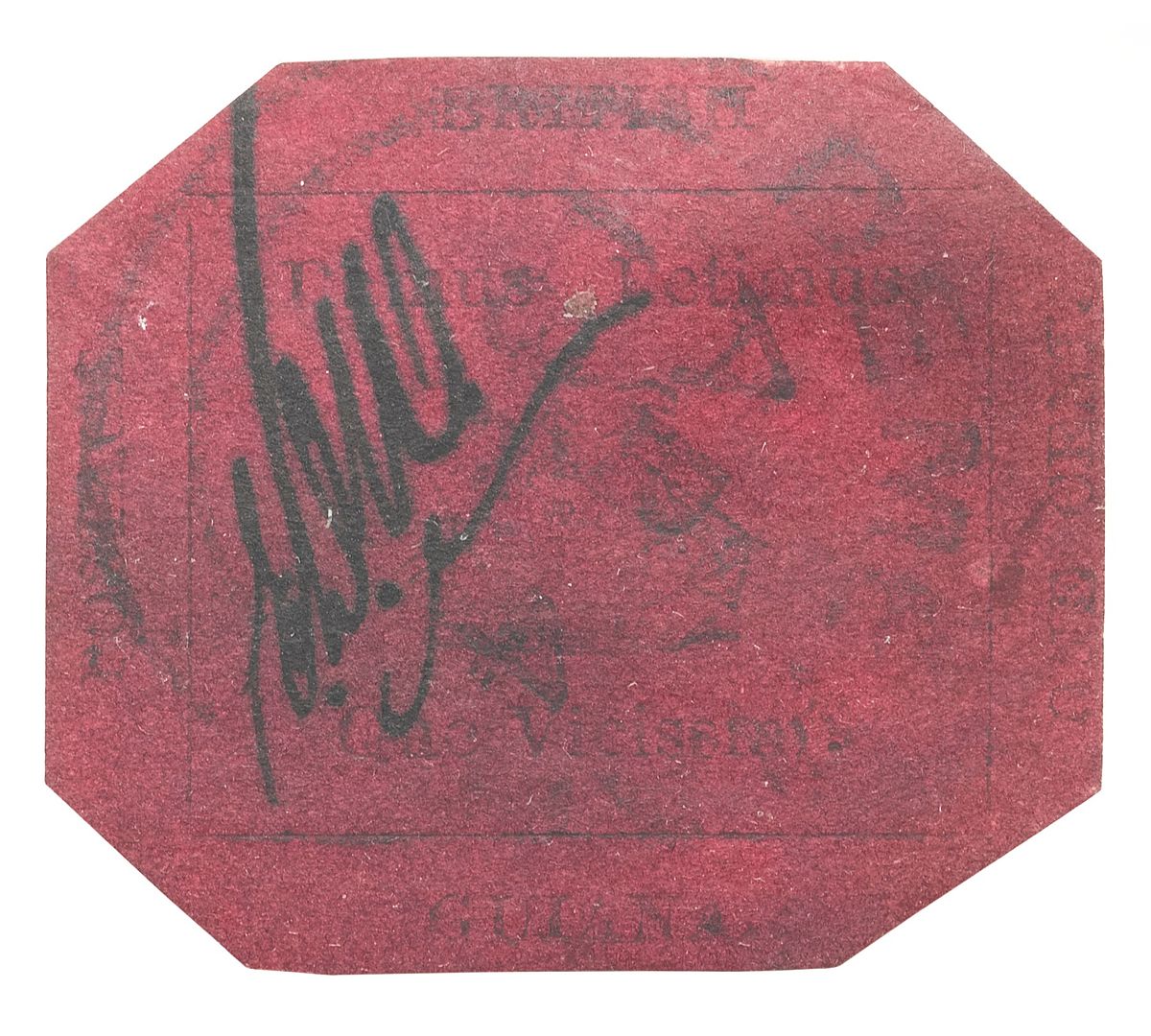 The most mythical stamp
The most mythical stamp
The One-cent Magenta is by far the most expensive stamp in the world today. Since its discovery in 1873, it has been shrouded in mystery: is it real? Were there several of them? On the matter, a rumour tends to say that the stamp existed in duplicate, but that it was the collector who had acquired the first copy who recovered the second one and burnt it before witnesses to possess a unique stamp in the world.
So far, the story is amusing and it has been attributed to the whimsical Ferrari. It was reported in “L’Echo de la Timbrologie” in 1942. However, in 1938 the same story was told in an American magazine, according to which it had been Arthur Hind who burnt the stamp.
Is this true? Is it false? Anyway, the stamp has become a legend and is coveted by the richest philatelists from all over the world.



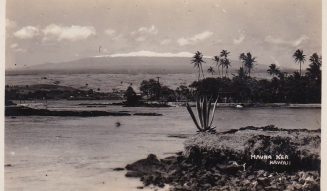
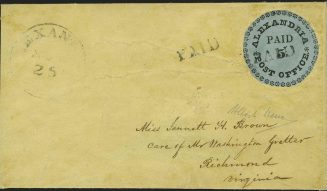
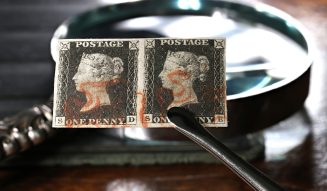
How much is the stamp value now?
Thanks!
Stuart.
Hello Stuart,
Difficult to say because only one exist and it is not for sale for the moment. But if we have information about it in the future, I will tell you!
Best regards
Héloïse
I’m very thankful that I’m on your mailing list. but I have trouble with finding (I only collect Christchurch Exhibition 1906 -1907) is there anyway I can go straight into this subject without wading through all the other other stuff which is of no interest to me Thanks Edward Fairbrass
Thank you for the history of the one-cent magenta of British Guiana. You may wish to correct the typographic error presently existing as regards the identity of the man who bought it from R.H. Macy & Co.
This was Frederick T. Small an Australian engineer living in Florida at the time. Unfortunately
“Macy &Co” has been inadvertently inserted before his surname, in the published text of your article.
Regards
Ian Harry
South Australia
Bonjour Héloïse.
An interesting article. There is a little spelling mistake: it is not “John E. Du Port” but “John E. du Pont”.
He is shown on a stamp from Redonda. Here you find a little story about him and the “stamps” from Redonda:
https://bicyclestamps.de/index.php?option=com_content&view=article&id=3855:michel-quo-vadis-redonda&catid=42&Itemid=130
Cordialement Arnoldt
Dear Arnoldt,
Thank you for your comment, I corrected the article. Yours is really interesting. It could be a good basis for a next article on The Delcampe Blog!
Best regards
Héloïse
It is highly unlikely that a “second” example of this stamp would have been burned since it is also unlikely that it too would have had its four corners cut off; therefore, if one of them were to be burned, it would likely have been the damaged one with the missing corners and not the second example unless that one was in such bad condition that burning it wouldn’t have mattered anyway.
Most interesting enlightenment, not a word on the matter of the school boy purchasing a packet of stamps from a stamp dealer finding the stamp & selling it back to the stamp dealer for another packet of stamps. Maybe this is a myth.
Another question at which stage (Cat value) does a damaged stamp being worthless & destined for the waste bin become a valuable asset.
Ďakujem za informáciu o známke.
S úctou Miroslav Ňaršík, Slovensko